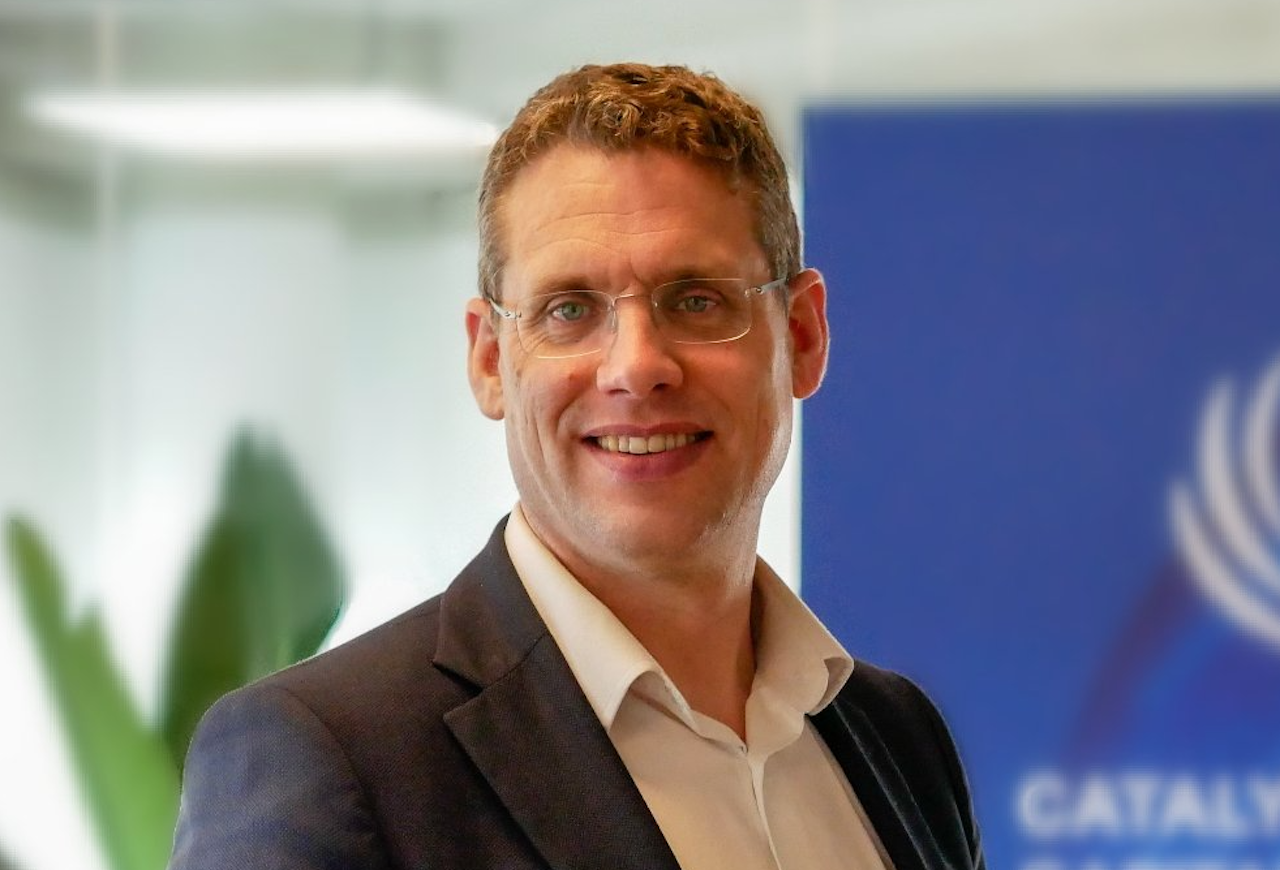The CEO of Phenix Capital Group talks to Paula Garrido about how the impact investing universe has expanded in size and across asset classes, as more investment managers and asset owners join in.

Paula Garrido: The impact investing space has grown rapidly in recent years but so have the environmental and social challenges we face. What can be done to accelerate the further development of the sector?
Dirk Meuleman: Five years ago, I did a forecast of the amount of funds in the impact space we were likely to have today and even my most optimistic scenario was too conservative. There are actually three times more impact funds today than what I forecasted back then.
There is no doubt that the market has grown tremendously, but is it enough? Clearly not. But I would like to add that we cannot expect the private sector to fix everything – governments need to step up because not everything can be fixed by allocating more capital.
In addition to growth, what we have seen is that the sector has become broader across asset classes. In every asset class and in every impact theme, there are now investible products.
PG: How is this expansion across of asset classes and strategies changing the shape and size of the impact investment universe?
DM: The universe of managers has grown significantly, there are more impact funds and, crucially, the average fund size is also larger. I think this is a positive development because in the past many of these funds were too small for institutional investors.
I would say that, among the larger funds, the average size has more than doubled in the last few years, from €100 to €250m, and that’s a big step for fund managers. It is much easier to grow from €250m to €500m, than from €100 to €250m.
At the same time, we are also talking to an increasing number of asset owners that are looking at launching impact investing programmes, or at allocating more capital to impact.
PG: As the market develops so are the tools and frameworks available to measure, manage and report impact. Are we moving in the right direction in terms of standardisation?
DM: I think there has been tremendous progress in impact measurement and management and also in aligning performance fees with impact KPIs, so managers are paid not only in relation to financial returns but also depending on the impact they have generated. I think this is a really big step where Europe is leading the way.
In the past, impact reporting was more anecdotal, more for communication purposes. Now, with impact being measured more consistently and in more detail, investors can adapt their strategies to optimise impact.
Every few months we see a new big step forward in impact measurement and management, and the curve of innovation has been very fast. But we are still a long way off from having standardised processes that can be rolled down different impact themes, whether we are talking about climate action or social challenges.
PG: As with any sector moving mainstream, there has been some backlash against ESG and impact investing and accusations of green- or impact-washing? What are your views on this?
DM: I welcome the debate around ESG and some of the backlash because I think that a lot of ESG funds were not set up to make the world a better place. They were just set up to take environmental, social and governance factors into account into their decision making, which is something very different. In many cases, just because you are excluding the worst, it doesn’t mean you’ll end up with something good. I think it is healthy that we are having a debate on that.
When we look at impact funds, we look at whether the intentionality is there. You can quite quickly see what the fund manager is trying to achieve and if there is an additionality that can be measured. One of the things I have learned, and I keep being positively amazed at, is that when we do the due diligence on impact funds, we typically find they actually generate more impact than what they say they would.
This article is part of the editorial content of the Impact Investor Guide 2023. You can download a digital copy of the guide here.






